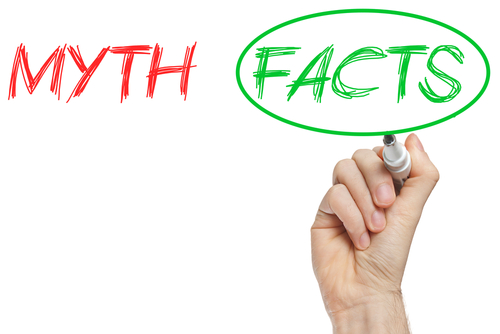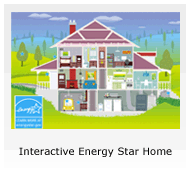7 Geothermal Myths to Help You Better Understand This Heating and Cooling System
by Greg Leisgang on March 25, 2014
Posted in: Geothermal
 While most homes still use traditional HVAC systems, heating and cooling Cincinnati area homes with geothermal energy has become increasingly more feasible due to the evolution of the technology, reductions in overall cost and available tax incentives for using renewable energy technologies. Though the systems are far more popular, some myths persist that may dissuade a homeowner from installing a geothermal system. Here are seven of the most common misperceptions and the truth about them:
While most homes still use traditional HVAC systems, heating and cooling Cincinnati area homes with geothermal energy has become increasingly more feasible due to the evolution of the technology, reductions in overall cost and available tax incentives for using renewable energy technologies. Though the systems are far more popular, some myths persist that may dissuade a homeowner from installing a geothermal system. Here are seven of the most common misperceptions and the truth about them:
- MYTH: Geothermal systems can only provide heat efficiently. A well-designed system can provide both heating and cooling for your Cincinnati home, using the nearly-constant temperature of the ground to provide cooling when the air temperature is warmer than the ground temperature and heating when the air temperature is cooler.
- MYTH: Geothermal systems consume large amounts of water. Today's systems simply use water as a heat transfer medium. They actually don't consume any water.
- MYTH: Geothermal systems need a large amount of space. If a vertical ground loop, well system or pond system is used, the installation requires very little space, particularly compared to a horizontal loop system.
- MYTH: Geothermal systems have only enough capacity to heat your home. When the system is designed, you can request that it be large enough to heat your water and pool, as well as your home.
- MYTH: The use of electricity makes geothermal a non-renewable energy system. While electricity is used in the process, a geothermal system is actually more efficient than wind or solar systems, as it extracts five times the heating or cooling energy for every unit of electricity it uses, and, if desired, solar or wind could be used to provide that power.
- MYTH: Geothermal systems fail quickly. While the inside portion may need replacement after a few decades, the ground loop, which is the system's most expensive part, can last for 50 years or more.
- MYTH: Without tax credits, geothermal is too expensive. Costs have come down to as little as double a conventional system, and the difference can be recouped with the energy savings.
For more information about heating and cooling your Cincinnati home with geothermal energy, contact our staff at JonLe Heating and Cooling. We've been serving Cincinnati since 1959.
Image via Shutterstock.com








 Testimonials
Testimonials
 Frequently Asked Questions
Frequently Asked Questions


 Heating & Cooling Insights
Heating & Cooling Insights





